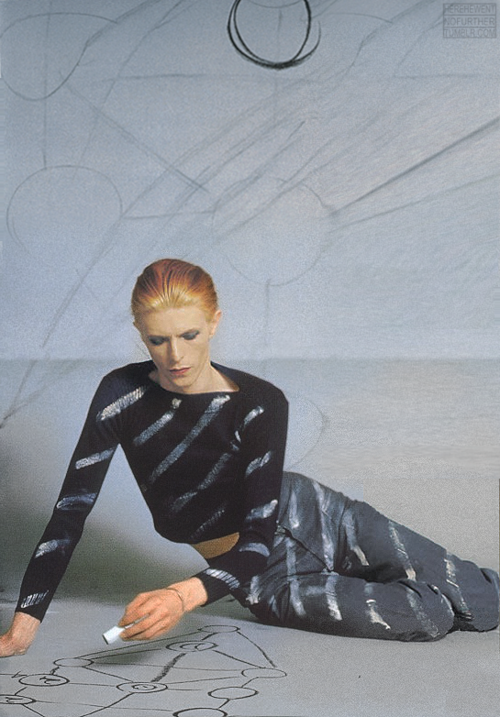A teenage summertime love affair with a foreign exchange student was the inspiration for this song by Wishbone Ash. Though overlooked in the US, Wishbone Ash reached #3 on the UK charts with the album Argus, which features “Blowin’ Free”. Wishbone Ash’s twin lead guitar sound would inspire many band that followed.
Wishbone Ash – “Blowin’ Free” (Martin Turner, Andy Powell, Ted Turner, Steve Upton) Copyright 1972 Colgems Music Corp./Blackclaw Music Inc – ASCAP
— This show is just one of many great Rock Podcasts on the Pantheon Podcasts network. Gotta catch ’em all!
TRANSCRIPT:
Hey, it’s Brad Page. I’m back in the studio, powering up the mics and cranking up the headphones because it’s time for another episode of the “I’m In Love With That Song” podcast, here on the Pantheon Podcast Network. Each episode of the show, we take a song and look at it from every angle, trying to get a handle on what makes a song work. No musical knowledge is required here– you don’t have to be technical, all you got to do is listen.
This time around we are listening to a track from a band that was big in Europe and the UK, but just never really caught on here in America. This is Wishbone Ash with “Blowing Free”.
Wishbone Ash came together in 1969 with Andy Powell and Ted Turner on guitars, Martin Turner on bass and Steve Upton on drums. Though Ted and Martin share a last name, they’re not actually related.
The thing that distinguished Wishbone Ash right out of the gate were those twin guitars of Andy and Ted. Though there had been other bands with two lead guitar players– the Allman Brothers come to mind– Wishbone Ash was one of the first to make harmony guitar parts such an essential element. That was the Wishbone Ash sound.
They released their first album in December 1970. Less than a year later, they released their second record, and in May 1972 they released their third album called “Argus”. It’s the album that most people consider to be their best.
“Argus” was well received, both critically and commercially. It was their biggest selling album, reaching number three on the UK charts. The “Argus” album flirts with progressive rock and hard rock, but it was the upbeat track “Blowing Free”, the closest thing to a pop song on the album, that got them on the radio and exposed to a wider audience, at least in the UK.
The song almost didn’t make it onto the album. The band thought it was too poppy compared to the rest of the record, but Martin Turner insisted that they keep it on the album.
The song is credited to Martin Turner, Ted Turner, Andy Powell and Steve Upton. Martin Turner wrote the lyrics and he plays the bass. Ted Turner and Andy Powell are on guitars and Steve Upton is on the drums. The album was produced by Derek Lawrence and engineered by Martin Birch, both known for their work with Deep Purple.
The song kicks off with a great guitar intro by Ted, and it didn’t have the same impact here in the states, but in the UK, learning that guitar intro was like a rite of passage for British guitar players, like “Stairway To Heaven” or “Sweet Child of Mine”, it’s just one of those intros that seems like every beginning guitar player had to learm. That introduction was actually inspired by an old song by the Steve Miller band called, “Children of the Future”.
They took that and turned it into something of their own.
Before the band fully kicks in, they’re going to change up the guitar riff.
Let’s listen to those guitars again.
You can hear how they’ve panned the guitars to the left and the right to add some differentiation and some dimension to the sound. Martin Turner’s bass part is also great here, too. Let’s listen to some of that.
When Martin Turner was a teenager growing up in a seaside town in southwest England, he had a summertime romance one year with a Swedish exchange student. Her hair was golden brown like a cornfield. When he was looking for lyrics for this song, he reminisced about that relationship and that story of teenage love and loss; that became the song.
Following that verse is a guitar solo played by Andy Powell, most likely played on his Gibson Flying V guitar. He was mostly known for playing Flying V’s. This is a great guitar solo.
Next up is the second verse. Martin’s Swedish girlfriend didn’t speak much English and he didn’t speak any Swedish, but I guess they found some way to communicate. Apparently when he asked her if he could kiss her, she said, “you can try”. That phrase appears a couple of times in this song.
Now the song shifts gears into a quieter, more melancholy section. Every good memory has a tinge of sadness for those lost moments you’ll never relive again.
I really like what Martin Turner’s bass and Steve Upton’s drums are doing behind this section. It’s simple but really effective. This leads us into another guitar solo. This one played beautifully by Ted Turner. Just incredibly tasteful. I think that’s just great. To me, he captures that wistful feeling of recalling old memories.
But that melancholy doesn’t last long. They kick right back into the verse riff, and Andy Powell takes over with another solo.
Let’s listen to some of that guitar.
And they return to the first verse.
More guitar work by Andy Powell. Now some of their trademark guitar harmonies start to appear in the background.
And here we have a slide guitar solo played by Ted Turner. Ted had started to listen to Ry Cooder, one of the great slide players of all time, and it inspired him to play a little slide guitar here. This is the first time Ted had ever tried playing slide.
Guitars start to build up from the background.
“Blowing Free” by Wishbone Ash
In the UK publication “Sounds” magazine, which was a big deal at the time, the readers voted “Argus” the best album of 1972, beating out albums like David Bowie’s “Ziggy Stardust”, Deep Purple’s “Machine Head” and the Rolling Stones “Exile on Main Street”. That’s some serious competition– that just shows you how big Wishbone Ash was in the UK.
But here in the US, “Argus” didn’t get any higher than 169 on the charts. America just wasn’t that interested in Wishbone Ash, but guitar players– guitar players were paying attention. Bands like Thin Lizzy and Iron Maiden would adapt that twin guitar harmony style, and, though largely forgotten by the average listener, Wishbone Ash left their mark on generations of guitar players.
A couple of years ago I was reading an issue of “Classic Rock” magazine and they had an article on this song, which inspired me to dig out that album and eventually inspired this episode. It had probably been 20 years since I last listened to this record, and you know, it’s always great to go back to an old album you haven’t heard in ages and hear it again with fresh ears. And it reminded me of my past loves, and loves lost.
Thanks for listening to this show. I really appreciate it. New episodes of the “I’m In Love With That Song” podcast come out on the 1st and the 15th of every month, so I’ll be back soon with another new edition. You’ve been warned.
You can keep in touch with the show on our Facebook page or on our website, lovethatsongpodcast.com, where you’ll also find all of our previous episodes. And, of course, we’re available on Amazon, Apple, Google, Stitcher, iHeartRadio, pretty much anywhere you can find podcasts, you’ll find this show.
And we are part of the Pantheon network of podcasts, home to many more music related shows, so check those out too.
Thanks again for listening to this edition of the “I’m In Love With That Song” podcast on Wishbone Ash and “Blowing Free”.
ADDITIONAL RESOURCES:
Wishbone Ash
https://www.wishboneash.com/
Argus Album
https://www.discogs.com/Wishbone-Ash-Argus/master/12065
Pantheon Podcast Network
https://www.pantheonpodcasts.com/
Deep Purple
https://www.deeppurple.com/
Steve Miller Band
https://www.stevemillerband.com/
Ry Cooder
https://www.rycooder.nl/
Classic Rock Magazine
https://www.loudersound.com/classic-rock
Thin Lizzy
https://www.thinlizzy.org/
Iron Maiden
https://www.ironmaiden.com/
Gibson Flying V Guitar
https://www.gibson.com/Guitar/USA3M638/Flying-V

 Click here to play the podcast
Click here to play the podcast Click here to play the episode
Click here to play the episode